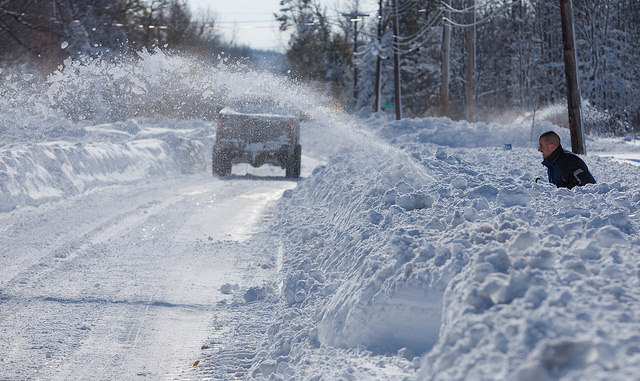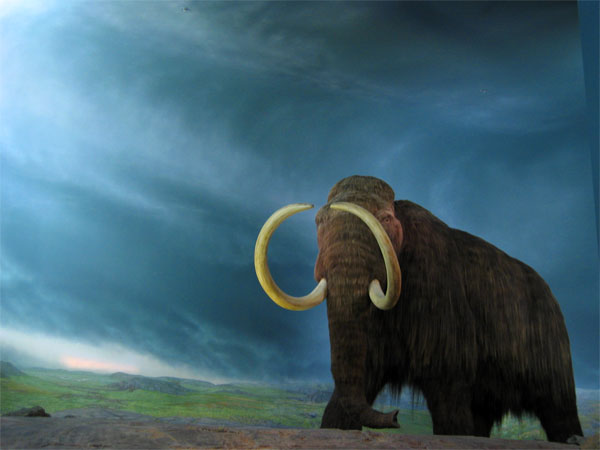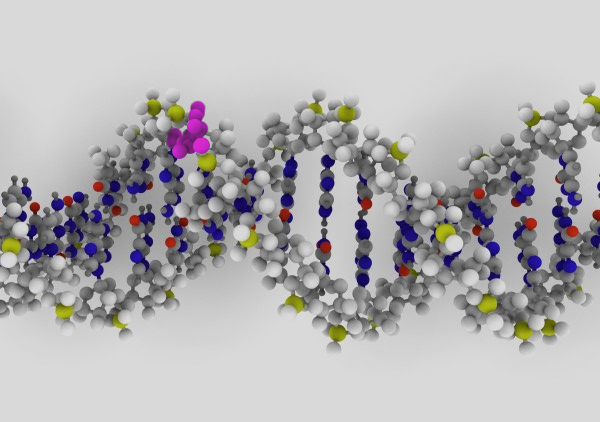
This Sunday Roundup is brought to you on a Monday morning by Illness. Illness: proving that no-one feels sorry for bloggers since 1992.
***
Rosetta Review
This week the very first of the data from Rosetta’s sleeping lander Philae have been released. It’s still early days yet (I say that a lot here, don’t I?) but we can say a couple of things for sure. One: 67P has “organics.” What does that mean? We’re not sure. The orbiter “sniffed” carbon-containing compounds, but the lander had trouble confirming their presence. Does that mean the sample didn’t make it to the oven in time? Maybe. We also know that the comet is hard: the little hammer Philae was carrying says the surface was about as hard as sandstone — but since the density of the comet is far too low to be rock, it’s much more likely that the surface is ice that’s been “sintered” by repeated solar visits, with less-dense material underneath. As for whether the organics on the comet at left- or right-handed, we still don’t seem to know. Check out the BBC for more on what we know so far, and what we may yet achieve.

Buffalo Snowstorm
This week the city of Buffalo, New York, got seventy (70) inches of snow in one go. That’s just shy of 178cm, for you metric folks. There’s been a lot of talk about the so-called “polar vortex” and its slippage south of late, giving rise to climate change denialists’ commentary (“oh, ho, look how cold it is, global warming is a myth!”). As I’ve talked about here before, it’s seeming pretty likely that the worse winters in North America are still, actually, global warming’s fault — the polar vortex usually keeps the cold air up (as one might expect, given its name) up by the pole, but the warming has weakened it, and sometimes it lets the cold slip down. Winter is coming, indeed. Ladies and germs, welcome to the new normal.
On an unrelated sidenote, did you know that “Buffalo buffalo Buffalo buffalo buffalo buffalo Buffalo buffalo” is a grammatically correct sentence? The more you know.

Buttercup
Scientific American is reporting this week that a mammoth found in Siberia in 2013 is the freshest specimen ever recovered, leading to hopes of a complete sequencing of the extinct mammal’s genome (currently, estimates suggest we have roughly 70% sequenced to date). The frozen beast, named Buttercup, was reportedly so fresh that it bled (another report suggests it was so fresh a scientist took a bite, concerning which I have no comment). Tests revealed that she was probably in her sixth decade of life, which happened to be around 40,000 years ago, when she became stuck in a peat bog and was finished off by opportunistic carnivores. Why is Scientific American talking about a mammoth found in 2013? Because the Smithsonian channel’s broadcasting a show called “How to Clone a Wooly Mammoth” on the 29th. It’ll probably feature Professor George Church, of the Neanderthal cloning “controversy,” in which he will probably be mis- or selectively quoted for entertainment’s sake. I might watch it anyway.

Gay Genes?
Periodically scientists announce findings that are publicly and commonly reported as “having found a gay gene” — which is, to date, not the case. This week it turns out to have been that time again, with New Scientist reporting with the headline “Largest study of gay brothers homes in on ‘gay genes'” (scarequotes mercifully theirs). What have scientists actually found? Well, it’s never that simple, is it? In comparing large sets of gay brothers, the researchers at the Northshore Research Institute found supporting evidence that two regions (Xq28 and 8q12) previously identified but not yet corroborated, may indeed have something to do with biological determination of homosexuality. Those two regions bore similarities in the over 800 men, who had next to nothing in common save their sexual orientation. So did they find a gay “gene”? No. But they may have found a place to start looking for a biological marker that influences the chances of a person being gay.
What would it mean if they had? There are two sides to this. A biological determination that people are “born gay” would indeed help many in the struggle for equality — in many parts of the world it is still a crime to merely exist as a gay person, for instance. But on the other hand, it could conceivably lead to prenatal tests and abortions of possibly gay babies — presumably by those most vocal about preventing access to abortion, mind you. I suppose we’ll see where we’re headed. The future is going to be a strange place.
Form for Free
Google recently acquired software maker RelativeWave, makers of the app design software Form, and now they’re giving it away for free. Right now, Form only helps designers make apps for iOS, so what Google has to gain from giving it away remains to be seen. If there’s one thing I don’t like, it’s not knowing what Google is up to, but when you’re talking about a company whose end goals seem to have something to do with a robot in every home and worldwide internet access, there’s really only one course of action: get used to disappointment.
Best of the Rest
Other things happened! Here are some of them! The Large Hadron Collider found two new particles (quark triplets known rather bafflingly as Xi_b’- and Xi_b*-); MIT researchers have modeled new 2D materials that exhibit something called the quantum spin Hall effect (which could help with our quest for better computers); Symantec published a report about a sophisticated, Stuxnet-complexity-level bit of malware called Regin (and let’s not pretend the US didn’t make it this time, shall we?); and a guy made James Bond’s laser watch (for real).
To leave you for the week, here’s a video made by the folks at NASA, showing the yearly CO2 emissions in a beautifully terrifying graphic. Enjoy.
